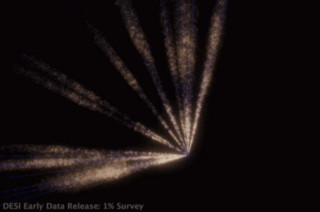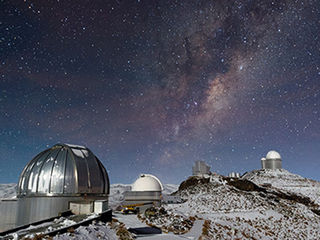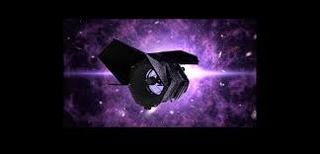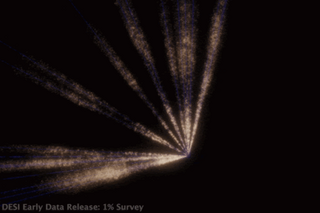Biographical Sketch:
Charles Baltay is the Eugene Higgins Professor Emeritus of Physics and Astronomy. Prof. Baltay explores fundamental issues in particle physics, astrophysics, and cosmology, with a particular focus on the nature of dark energy.
Baltay joined the faculty of Yale in 1988 and served as chair of the Department of Physics from 1995 to 2001. Previously, Baltay performed research as a professor at Columbia University in elementary particle physics and served as director of Nevis Laboratories of Columbia University from 1979 to 1985.
He also served as co-spokesman of the Stanford Linear Detector (SLD) project at the SLAC Linear Accelerator from 1983 to 2003.
In collaboration with the Perlmutter group at Berkeley, Professor Baltay is involved in the NASA Nancy Grace Roman space mission, having served as co-chair of the Science Working Group commissioned to develop the Roman mission concept.
Baltay received his Ph.D. in physics from Yale University.
Research:
Charlie Baltay explores fundamental issues in particle physics, astrophysics, and cosmology. His research focuses on the nature of dark energy, a mysterious component that makes up three quarters of our universe that we know essentially nothing about. The Baltay group investigates dark energy via the study of distant supernova explosion events both from ground-based telescopes in the Andes Mountains in Chile (La Silla-QUEST and La Silla Schmidt Southern Survey) and from the Nancy Grace Roman Space Telescope (formerly known as WFIRST).
Education:
Ph.D., Yale University, 1963
Selected Publications:





